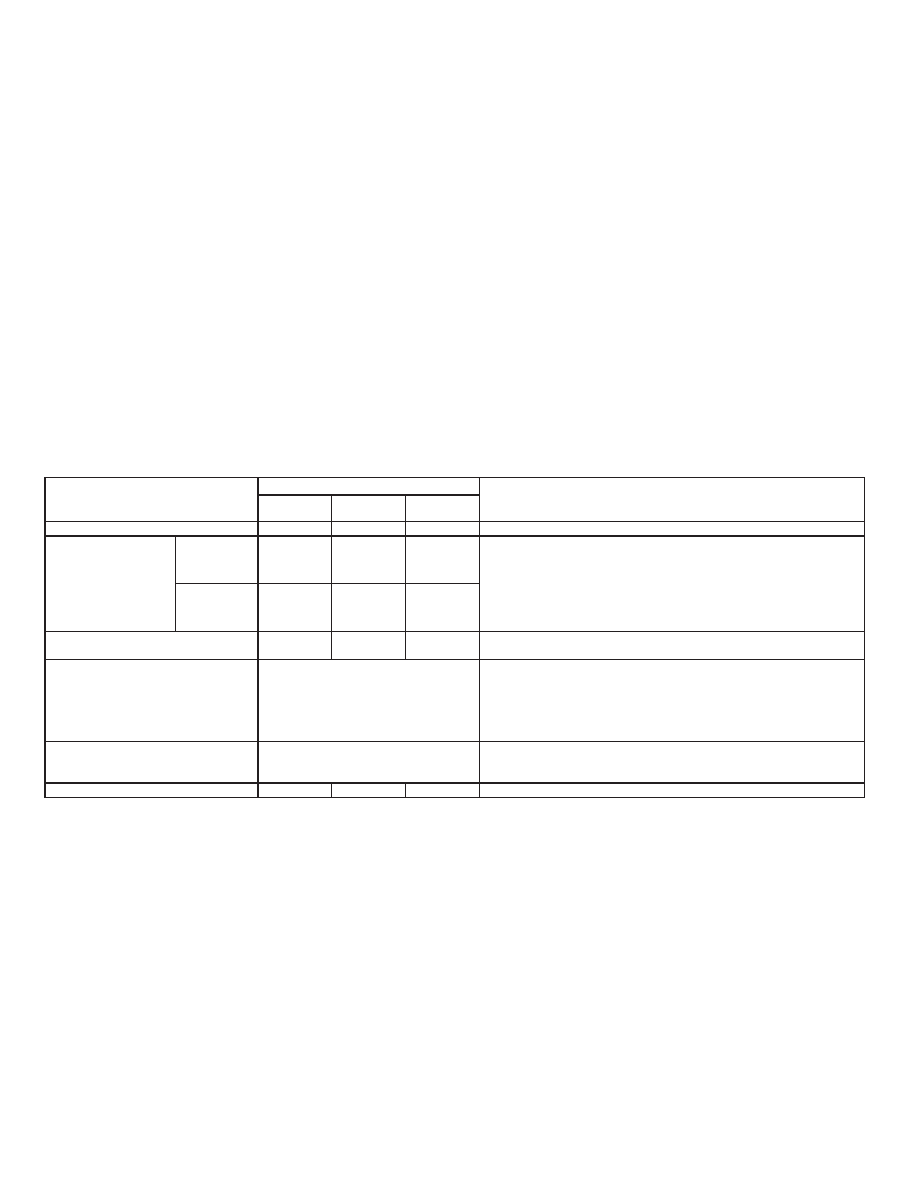Nissan NV200 Compact Cargo Van (2018 year). Manual - part 22

The following are approximate capaci-
ties. The actual refill capacities may be
slightly different. When refilling, follow
the procedure described in the “Do-it-
yourself ”
section
to
determine
the
proper refill capacity.
Fluid type
Capacity (approximate)
Recommended Fluids/Lubricants
Metric
Measure
US
Measure
Imperial
Measure
Fuel
55 L
14-1/2 gal
12-1/8 gal
• For additional information, refer to “Fuel recommendation” in this section.
Engine oil*1
Drain and refill
*1: For additional
information, refer to
“Engine oil” in the “Do-it-
yourself ” section of this
manual.
With oil filter
change
4.6 L
4-7/8 qt
4 qt
• Genuine “Nissan Motor Oil 5W-30 SN” is recommended.
• If the above motor oil is not available, use and equivalent motor oil that
matches the above grade and viscosity. For additional information, refer to
“Engine oil and oil filter recommendations” in this section.
Without oil
filter change
4.3 L
4-1/2 qt
3-3/4 qt
Engine coolant with reservoir
7.6 L
2 gal
1-3/4 gal
• Pre-diluted Genuine NISSAN Long Life Antifreeze/Coolant (blue) or
equivalent
Continuously Variable Transmission
(CVT) fluid
Refill to the proper level according to the
instructions in the “Do-it-yourself ” section
of this manual.
• Genuine NISSAN CVT fluid NS-3
• NISSAN recommends using Genuine NISSAN CVT Fluid NS-3 (or equiva-
lent) ONLY in NISSAN CVTs. Do not mix with other fluids. Using fluids that
are not equivalent to Genuine NISSAN CVT Fluid NS-3 may damage the
CVT. Damage caused by the use of fluids other than as recommended is
not covered under NISSAN’s New Vehicle Limited Warranty.
Brake fluid
Refill to the proper level according to the
instructions in the “Do-it-yourself ” section
of this manual.
• Genuine NISSAN Super Heavy Duty Brake Fluid or equivalent DOT 3
• Available in mainland USA through a NISSAN dealer.
Multi-purpose grease
—
—
—
• NLGI No. 2 (Lithium Soap base)
RECOMMENDED FLUIDS/
LUBRICANTS AND CAPACITIES
10-2
Technical and consumer information